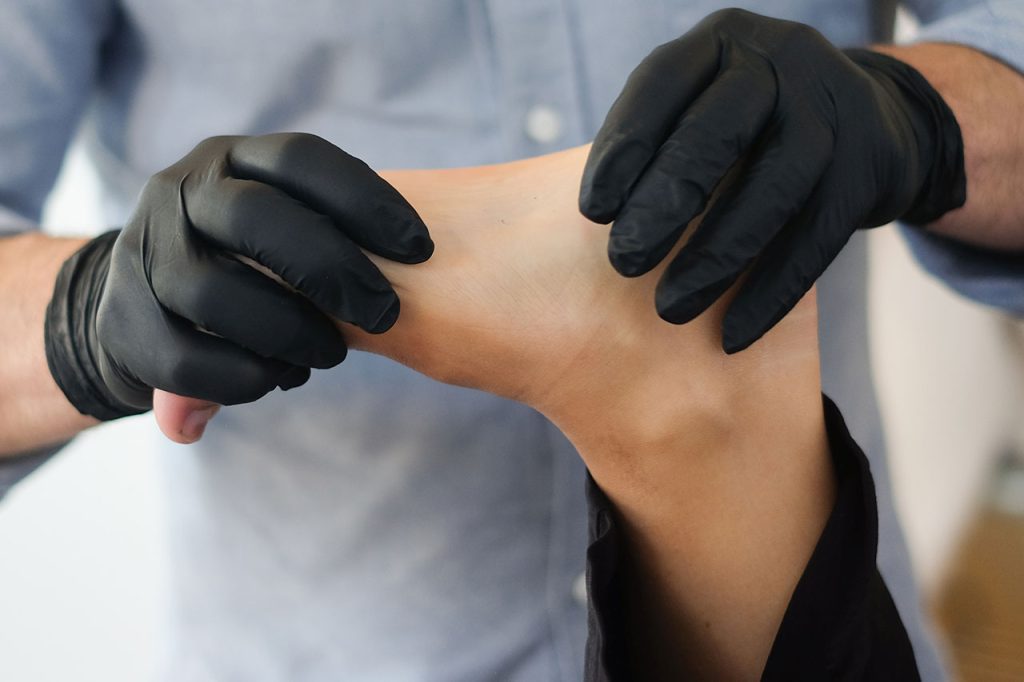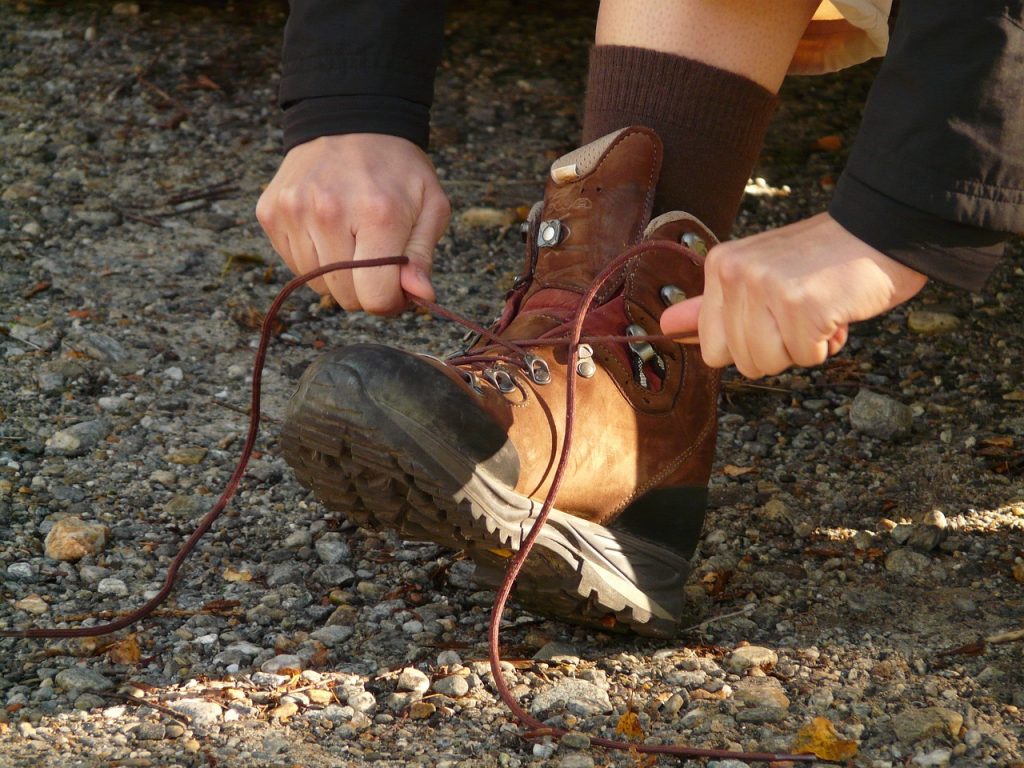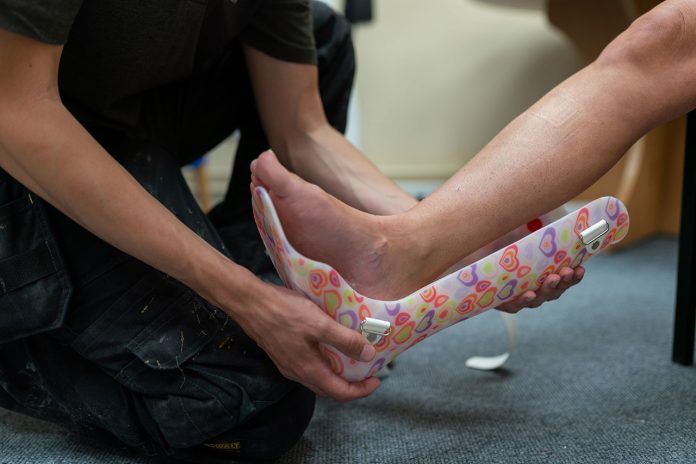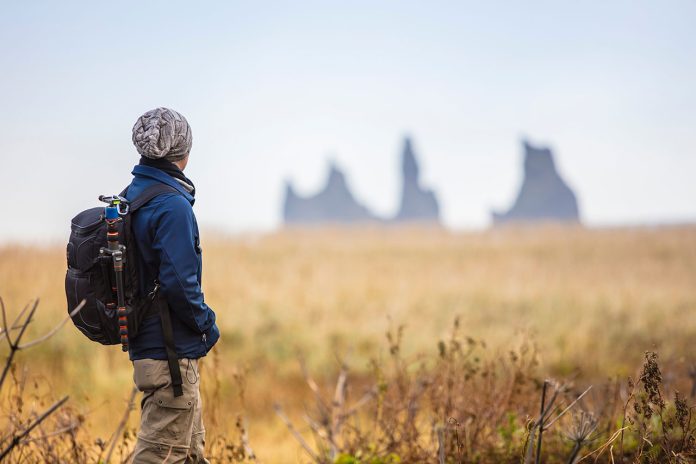Sustaining an ankle fracture can feel devastating for hiking enthusiasts who live for the trails. The recovery period of immobilization leads to a substantial loss of ankle strength, range of motion, and stability. However, with a smart, gradual approach focused on rebuilding, you can successfully transition back to hiking after a broken ankle.
Table of Contents
You may also want to know: How to start hiking
Listen to Your Surgeon’s Advice
Before attempting to resume intense exercise like hiking after a broken ankle, be sure to get your surgeon’s input on appropriate timing and restrictions. Ask when it’s safe to start walking on flat ground, gentle hiking, ramping up difficulty, and recommendations for training to rebuild strength. Don’t let eagerness lead you to overdo activities against medical advice.
Follow their specific timeline and limitations, as every fracture case differs based on the break location, surgical approach, age, and health profile. Proper ligament reattachment and bony fusion require careful patience. Attempting hiking too soon can impede healing or cause permanent dysfunction. Your surgeon knows best, so listen closely.
Consider Physical Therapy
Most surgeons recommend physical therapy after a broken ankle to ensure you regain full mobility and proprioception. PTs can assess your gait, balance, plantar flexion/dorsiflexion, and identify any compensatory patterns from favoring your ankle. They implement targeted stretching, joint mobilizations, stability exercises, and gait retraining.
If hiking played a role in your original injury, a PT helps instill proper biomechanics like planting feet correctly before graduating back to trails. They progressively build impact tolerance using Alter-G treadmills. Soft tissue massage prevents adhesions. Seeing a physical therapist facilitates an appropriate, safe return to athletics after ankle surgery.

Start with an Accessible, Gentle Hiking After A Broken Ankle
When first reintroducing hiking after a broken ankle, opt for straightforward trails without excessive elevation changes, loose surfaces, or steep drop-offs. Choose dirt or gravel paths wide enough for stable footing in case the balance wavers initially. Have easily accessible bailout points in case issues arise. Avoid remote climbs far from help when starting out.
Even just walking 20-30 minutes on gentle park terrain provides a great first hike to test your ankle while gently rebuilding tissue strength. Listen closely to your body, stopping immediately if any pain or discomfort occurs. Recovering from severely fractured ankles can take 6-12 months before attempting basic hikes again. Go slow.
Use Trekking Poles or Staff
Using trekking poles or hiking staff provides invaluable stability assistance when navigating uneven terrain after an ankle fracture. Poles enhance balance, distribute impact across all four limbs instead of just your healing ankle, and reduce the risk of slips or falls. They also give psychological confidence in rebuilding coordination.
Look for shock-absorbing tipped poles to cushion landings. Adjust poles to provide moderate support without bearing all your weight. As strength returns, work on hiking sections without them, but bring poles along in case issues arise. For descents, ski poles allow greater braking power and control. Don’t hike without aid early on.
Wear Supportive Boots and Braces
Having proper ankle support and stability from hiking shoes or boots helps prevent re-injury when ligaments and tendons are still healing. Lightweight boots with stiff midsoles improve motion control while cushioning the impact of variable trails. High tops prevent rolling. Ample toe box width prevents irritation over surgical sites.
Consult your podiatrist about custom orthotic insoles if you need additional arch support or motion control. Break in footwear gradually before longer hikes to limit blister risk. Consider wearing an ankle brace during activity for 6-12 months post-surgery. Supportive footwear and bracing protect vulnerable joints until strength rebuilds.

Take It Slow
Patience and moderation are vital when returning to beloved hiking trails after a broken ankle. Immobilization substantially reduces your conditioning, mobility, muscle tone, and balance. Don’t try to immediately resume vigorous paces or distances. Ease back into activity gradually instead.
Start with only 1-2 miles over mostly flat, clear ground. Take ample breaks to rest, fuel, and hydrate. Avoid comparing your early abilities to pre-injury fitness. Appreciate small milestones in your recovery. Serious challenges can wait many months as your ankle heals. Focus first on establishing a solid foundation again.
Avoid High-Impact Downhill Running
When recovering from a broken ankle, descending steep slopes requires special care. The high-impact forces of running downhill before your ankle fully heals can damage soft tissue and fusion repairs. Avoid running downhill for at least 6-12 months after the fracture.
Instead, descend slowly in a zig-zag pattern with deliberate foot placement and frequent pauses on inclines. Lean into trekking poles or a staff with each step to absorb forces. Sit back slightly as you descend to keep weight centered over your ankles, reducing shear stress. Build downhill strength incrementally, not all at once. Patience prevents setbacks.
Practice Balance and Proprioception
Casting and immobilization after a broken ankle disrupts balance and joint position sense. As your surgeon clears it, perform balance exercises to reestablish neuromuscular control. Try single-leg standing, tandem stance, wobble boards, balance discs, and gentle agility drills. Cold therapy also heightens proprioception.
Just standing on one leg while brushing teeth rebuilds fundamental balance. Start with support like a wall or chair, working up to free-standing. Do eyes-closed balance training to force greater ankle motor control. Leaving deficits unaddressed leads to higher re-injury rates when your ankle needs protection.
Strengthen Lower Leg and Ankle Muscles
Atrophy after immobilization means taking time to gradually strengthen the lower leg and ankle stabilizers before intense hiking. Isometric exercises are safe early on. Work intrinsic foot muscles with toe spreads. Progress to heel raises once allowed partial weight bearing. Use resistive bands to improve all ankle planes of motion.
Avoid prematurely loading your ankle with heavy weights before surgical sites fully fuse, usually for 6-12 months. Similarly, avoid high-impact moves like jumping during strength training. Cycling, swimming, or other cardio can maintain conditioning until your surgeon clears trail running. Following their guidelines for strength training prevents instability when resuming activity.

Stay Close to Help
While rebuilding independence on trails is a goal, avoid remote backcountry hikes far from assistance early on after a broken ankle. Stick to well-marked trails with cell service if issues occur. Hike with a partner and ensure someone knows your plans. Bring a satellite communication device if going remote.
Arranging bailout points allows you to cut hikes short if needed. Have someone pick you up at the trailhead rather than finishing solo. While carefully expanding your range over time is important, remain conservative until your ankle is stable in case the unexpected happens far from help.
Watch for Warning Signs
Returning to hiking after a broken ankle requires careful monitoring for signs of complications or overexertion. Stop immediately if you experience localized ankle pain of more than 3-4/10 that persists despite rest. Unrelenting pain may signal hardware issues, nerve irritation, or instability.
Inability to bear weight, sudden limping, or swelling requires prompt medical attention to avoid permanent mobility problems. Some soreness is expected, but more severe pain differs from normal and shouldn’t be ignored. Redness, warmth, or discharge could indicate infection. Don’t delay reporting issues to your surgeon.
Appreciate the Return
While adhering to medical guidelines, remember to celebrate small hiking milestones in your recovery process. Focus on the joy of moving through nature again, even if at a slower pace or duration than your pre-injury abilities. With time and consistency, your stability, strength and confidence will return. For now, savor reintroducing your ankle to trails through a careful build-up approach that keeps you active safely.

Related Links:
https://en.wikipedia.org/wiki/Hiking




